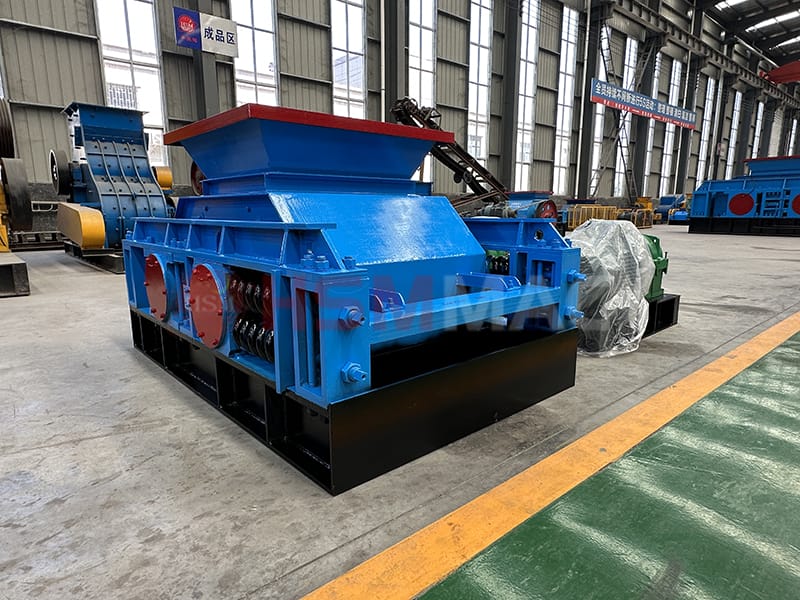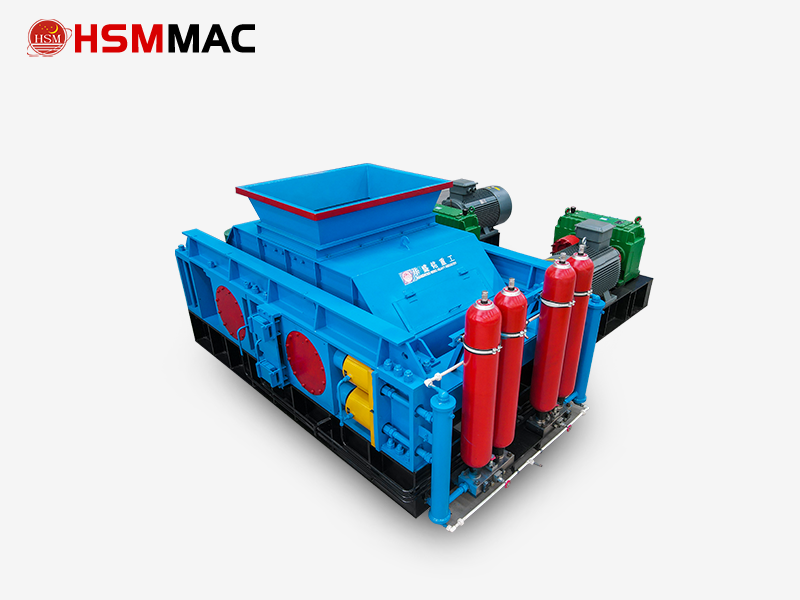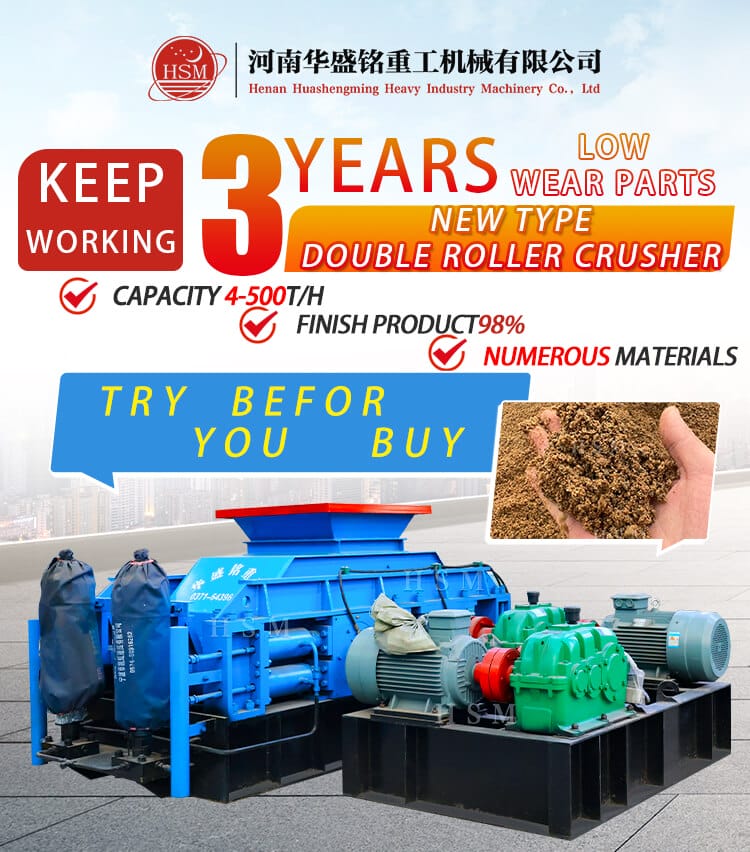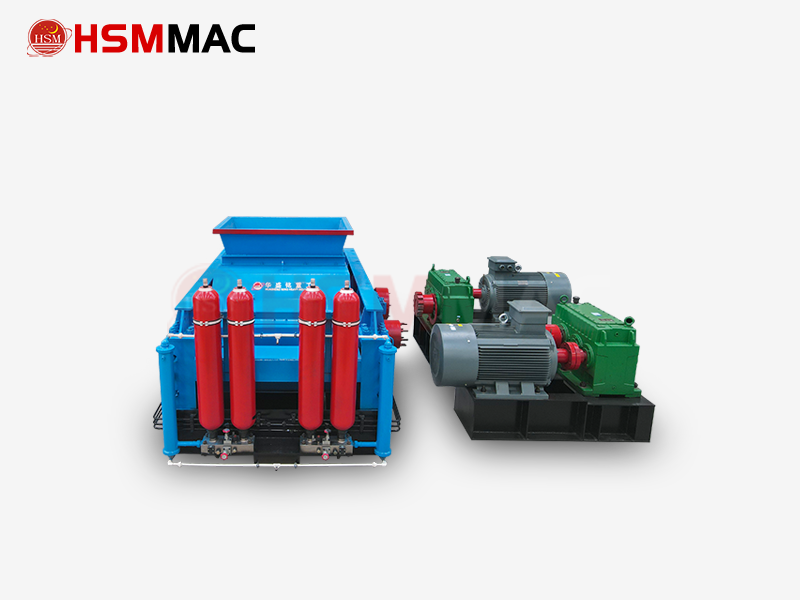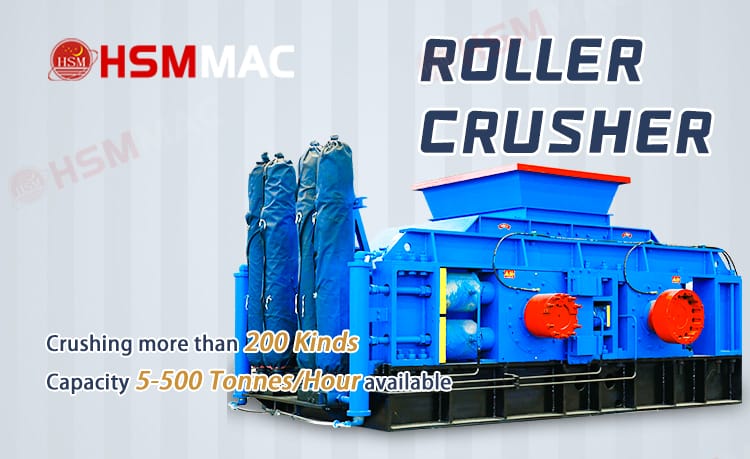In the crushing stage of coal mining, the choice between a tooth roller crusher and a double roller crusher (i.e. smooth roller crusher) should be made based on a comprehensive assessment of material characteristics, crushing size requirements, and process requirements. The following is a comparison analysis and selection recommendation based on professional data:

double roller crusher and double-tooth roller crusher
1. Core differences and applicable scenarios
| Comparison Dimensions | Toothed Roller Crusher | Double Roll Crusher (Smooth Roll) |
| Structural Features | The roller surface is equipped with teeth, which crush materials through splitting and shearing actions. | Smooth roll surface, relies on compression and grinding to crush materials |
| Applicable Materials | Suitable for medium to low hardness brittle materials (such as raw coal, coal gangue, and coke). | Medium-hardness minerals and rocks (such as limestone, river pebbles) |
| Output Particle Size | Coarse particles (typically 30–200 mm), granular in shape, with a low over-crushing rate. | Finer (typically 0.5–50 mm), with a higher powder content |
| Moisture Content Adaptability | ≤8%, designed without screens to prevent blockages. | Moisture content must be controlled (≤30%), otherwise it is prone to blockage |
| Crushing Ratio | 5–8, suitable for medium crushing. | 5–8, but more suited for fine crushing |
2. Analysis of Advantages and Disadvantages in Coal Mine Scenarios
Advantages of Tooth Roller Crusher
Strong gangue processing capacity: The tooth design can split coal gangue, eliminating the need for pre-removal of gangue and simplifying the process.
Precise particle size control: By adjusting the tooth roller gap (e.g., 5 cm), the output is uniform with a powder rate <5%.
Strong adaptability to high-moisture materials: The absence of a screen plate structure prevents wet coal blockages, making it suitable for direct crushing of raw coal underground.
Energy-efficient and low-consumption: The crushing process primarily relies on shear force, resulting in energy consumption 30% lower than impact crushers.
Limitations of Roller Crushers
High fine powder rate: The squeezing and grinding action easily produces powder, increasing coal powder loss (over-crushing rate >10%).
Poor adaptability to gangue: Smooth rollers cannot effectively crush gangue, requiring pre-removal of gangue.
High maintenance costs: Roller surfaces must be replaced entirely after wear, while tooth rollers only require replacement of tooth plates.
3. Key factors in model selection decisions
| Application Scenario | Recommended Equipment | Reasons and Model Examples |
| Coking coal with gangue content > 10% | Double Tooth Roller Crusher | Strong rock splitting capability, such as 2PGC900×900 (output 80-200 tonnes per hour) |
| Target particle size > 30 mm | Tooth Roller Crusher | Mainly produces block-shaped output, reducing powder, such as 2PGY1000×1000 (adjustable particle size 10-60mm) |
| Fine crushing to < 10 mm | Double Roller Crusher | Compression grinding is suitable for sand production, such as the 2PG-400×250 (output size 0.5-10 mm) |
| High automation requirements | Hydraulic Tooth Roller Crusher | Supports PLC control of roller spacing, such as the 2PGY series |
| Small coal mines with limited space | Compact Tooth Roller Crusher | Such as the 2PGT750×500 (hourly output 10-50 tonnes) |
Special scenario supplement: If the raw coal contains a high amount of iron impurities, an iron removal device must be installed upstream (mandatory safety requirement).
4. Usage and Maintenance Precautions
Tooth Roller Crusher:
Regularly inspect tooth plate wear to prevent increased gaps from causing uneven particle size;
Bearing temperature must be ≤65°C, and a centralized lubrication system should be used to extend service life.
Double Roller Crusher:
Strictly control material moisture content to prevent roller adhesion and blockage;
Worn rollers must be repaired or replaced promptly; otherwise, the output will be too fine.
5. Summary Recommendations
Prioritise tooth roller crushers: When crushing raw coal containing gangue in coal mines, tooth roller crushers offer comprehensive advantages in particle size control, anti-blocking design, and gangue adaptability, and have lower long-term maintenance costs.
Double-roll crushers have limited applications: They are only recommended for fine crushing of dry coal blocks or building material processing, and must be used in conjunction with pre-gangue removal processes.
Selection formula:
High gangue content + target particle size > 30 mm + wet coal → tooth roller crusher
Low gangue content + target particle size < 10 mm + dry coal → double-roll crusher











